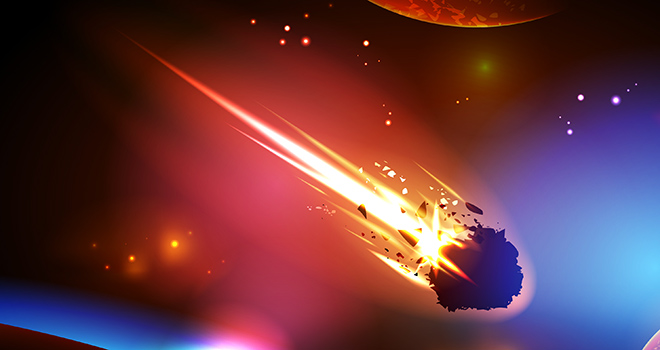
Expect to see celestial fireworks with this year’s Orionid Meteor Shower. Every year as the Earth cruises past an expanse of space littered with the remains of the infamous Halley’s Comet, the skies are lit with fast moving beams of light. NASA announced that the shower will begin on Wednesday and continue on till Thursday at dawn.
The Time Earth is Closest to Halley’s Comet Debris Stream
The best time for viewing will be on Thursday, October 21st just before dawn, when the shower will reach its peak and it’ll be easiest to spot the lights. This will be the point where the Earth encounters the densest part of Halley’s debris stream.
Slooh Astronomer Bob Berman adds that the Orionid meteor showers are popular with stargazers because if the fact that the shower itself is paying homage to the most famous comet of all time, Halley’s Comet, and it was the first comet ever known. These meteors, only tiny bits of ice and dust that fell from the comet and seeped into the Earth’s atmosphere.
Stargazers, Keep A Weather Eye
Slooh is a community observatory that has connected a wide array of telescopes for internet use, declared that at its peak, the shower will show as many as 30 meteors per hour, visible from both the Northern and Southern hemispheres. However, stargazers should keep their eyes peeled. These are fast-shooting objects that would be easy to miss, so it is advised to anyone watching to keep a weather eye on the horizon, especially at dawn since light pollution is scarce, and any observers may be able to catch a meteor every few minutes.

Orionid meteors make an appearance yearly at around this time, and for this particular round, NASA says you won’t even need a telescope to see the show, because despite the meteor count being lower this year, it will be bright and easy to spot with the naked eye.
A livestream will be available to see the show from Wednesday, October 21st, at 10pm EDT.
Next Up, the Leonids Meteor Shower
The next meteor shower in the calendar is the Leonids, and its peak is expected to be from midnight until dawn on November 18th.

















